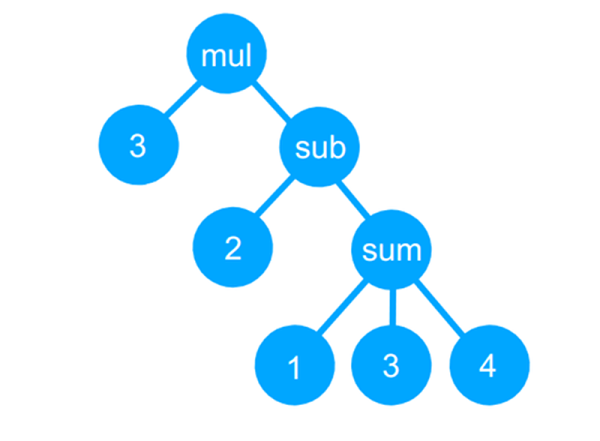There are few rites of programmer passage as iconic as writing your first parser. You might want to interpret or compile a scripting language, or you might want to accept natural-language-like commands. You need a parser. [Varunramesh] wants to show you parser combinators, a technique used to make practical parsers. But the demonstration using interactive code cells in the web page is nearly as interesting as the technique.
Historically, you parse tokens, and this technique can do that too, but it can also operate directly on character streams if you prefer. The idea is related to recursive descent parsing, where you attempt to parse certain things, and if those things fail, you try again.













